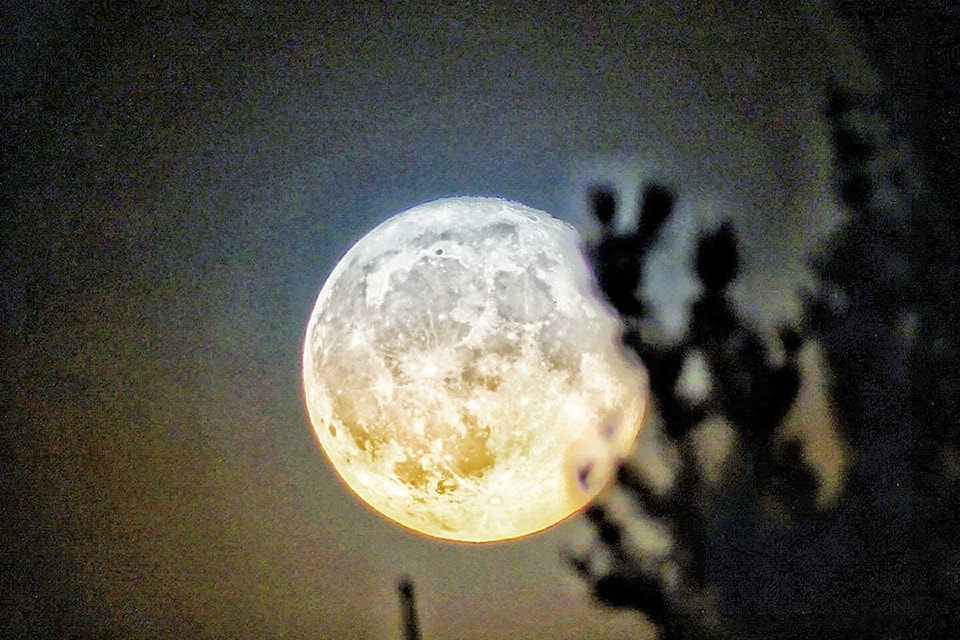With the time change, it is nice to have longer days to work in the garden.
We have been so fortunate with the weather this year. When I can weed in March and get the garden ready for planting, I forget about the resolutions of fall about cutting down on all this work.
It’s time now to start planting tomato seeds in soil and especially pepper seeds as they take longer. I tried some old tomato seeds of 2011 and 2012 and some of them are up.
This year, I will be growing 33 heirloom varieties including cherry tomatoes. All of them are up now and under fluorescent lights for 16 hours a day. I started 666 tomato seeds hoping that some of them don’t come up. This way I can choose the best seedlings and grow stronger and better plants for my garden and for sale.
I also saved some seeds last fall from some eggplants that I left until too late for eating. The seeds are good and the little plants are up.
From the articles I read on the internet, more gardeners are trying to plant by the moon. This is an age-old practice and according to it, the moon cycles can have something to do with plant growth. After all, the moon affects the tides so why not the plants. The annual flowers and the vegetables that bear their crops above the ground, you can plant during the waxing of the moon, which is from the day that the moon is new until the full moon. Read more about this on almanac.com.
You can plant the bulbs, biennial and perennial flowers and the vegetables that bear their crops below the ground during the waning of the moon, from the day after it is full to the day before it is new again. The full moon is March 28. Just to give an example, spinach is listed as planting by frost date, March 13 to April. Radishes: frost Feb. 27-March 21, moon Feb. 28-March 12. Peas: frost March 13-April 4, moon March 13-28.
https://www.almanac.com/gardening/planting-calendar/
If you want to try it, the above link will guide you through it. When you get to the site, just put in your postal code and it will bring you a list of vegetables and when to plant them either frost or moon.
From the Farmer’s Almanac: “On average, your last spring frost occurs on April 25 (at Vernon, B.C., climate station). Of course, any planting needs to take frost into consideration. There may be considerable variations in the last spring frost depending on local weather and topography”
So, how do you find out how much sand, silt, or clay is in your soil?
The simplest and most generic method is the feel test; rub a moist sample of soil between your fingers. Sand will feel gritty, silt smooth and clay sticky.
Another test is the ribbon test; with this test, squeeze a small, moistened ball of soil between your thumb and forefinger to create a ribbon. Sand or sandy soils won’t ribbon; loam, silt, silty clay loam, or clay loam soil ribbons less than one inch; sandy clay loam, silty clay loam, or clay loam ribbons 1-2 inches; and sandy clay, silty clay, or clay will ribbon more than two inches.”
For more information: 250-558-4556 Jocelynesewell@gmail.com
READ MORE: COLUMN: A Gardener’s Diary
READ MORE: Vernon walkers bring smiles to neighbourhood
@VernonNews
newsroom@vernonmorningstar.com
Like us on Facebook and follow us on Twitter.
